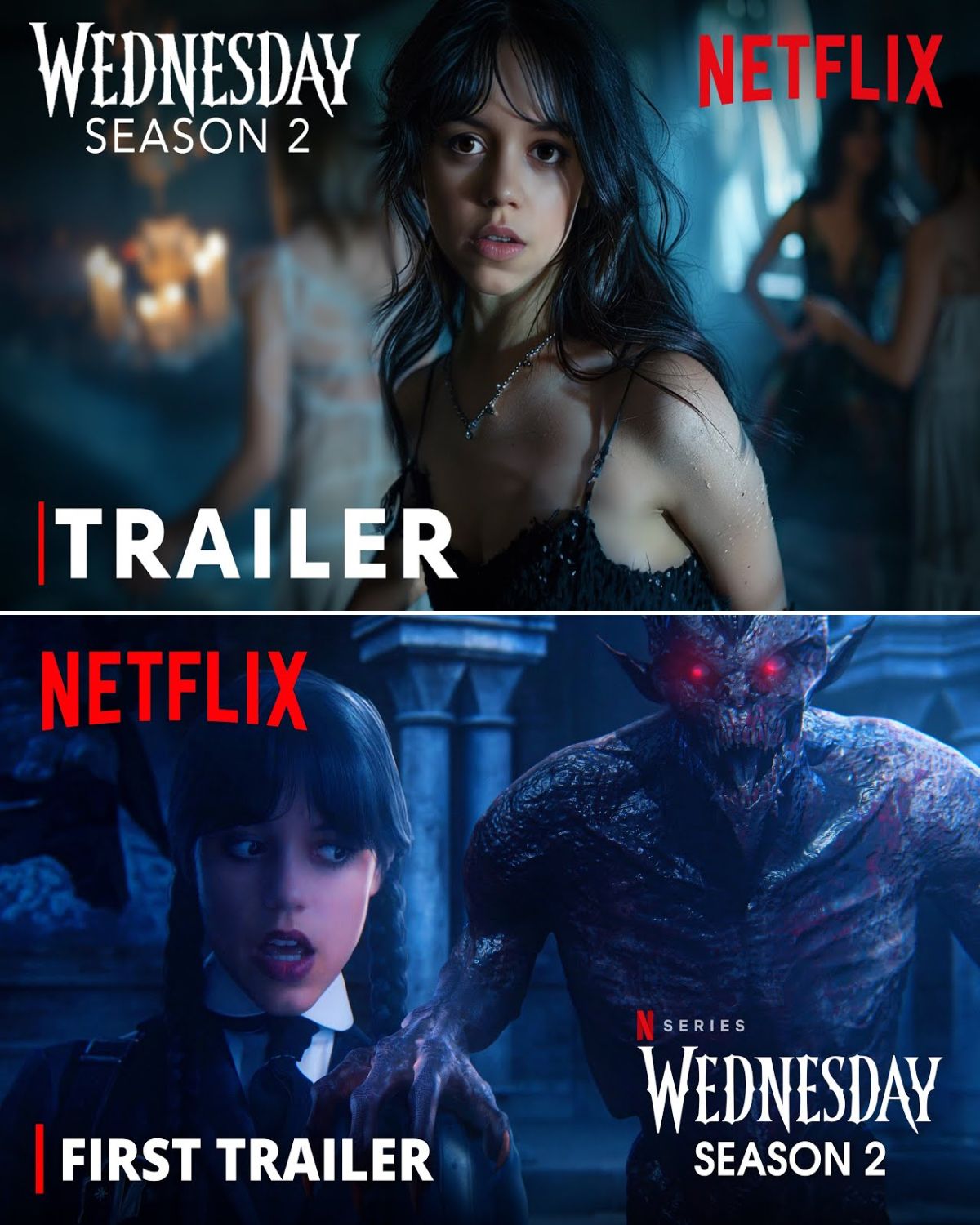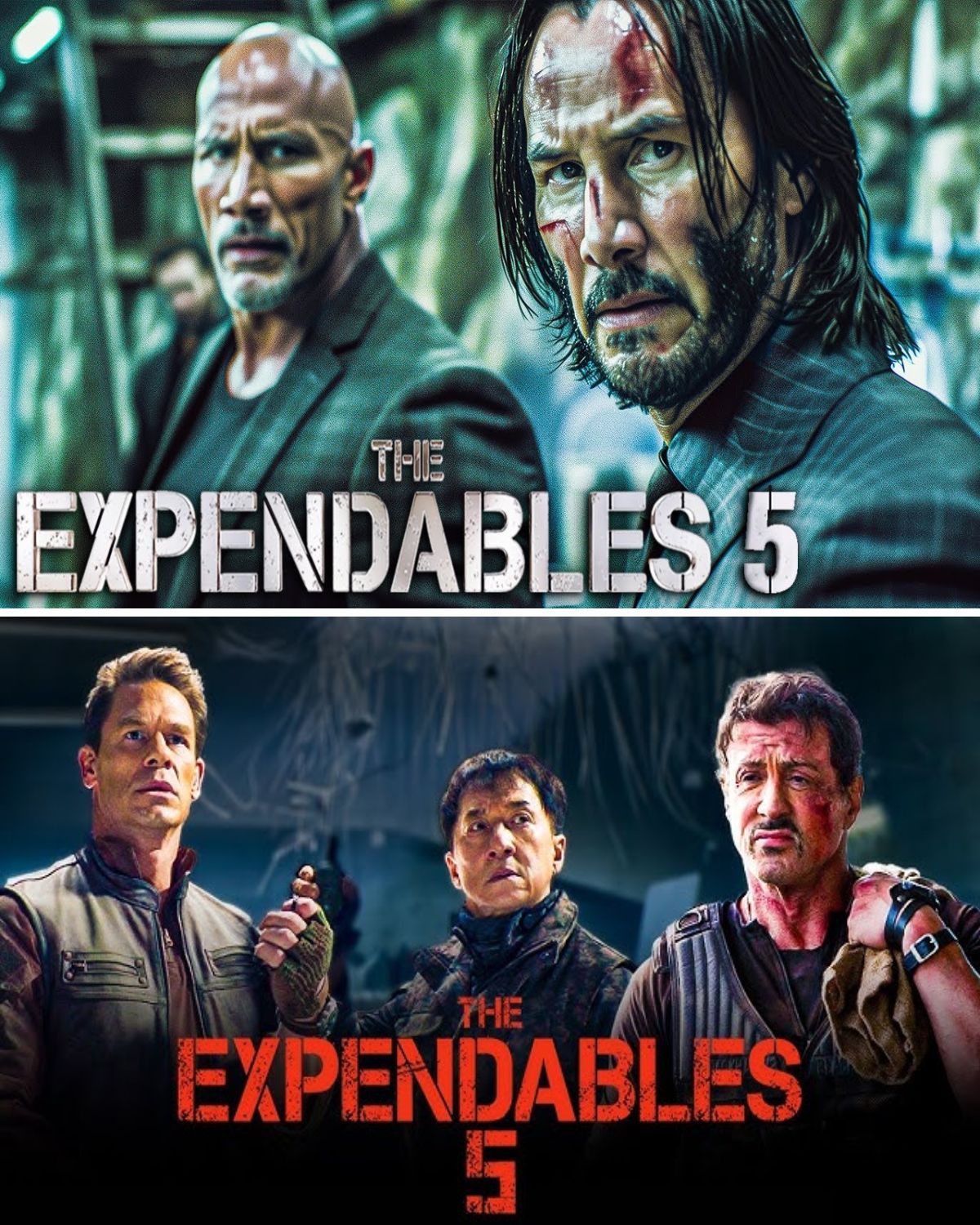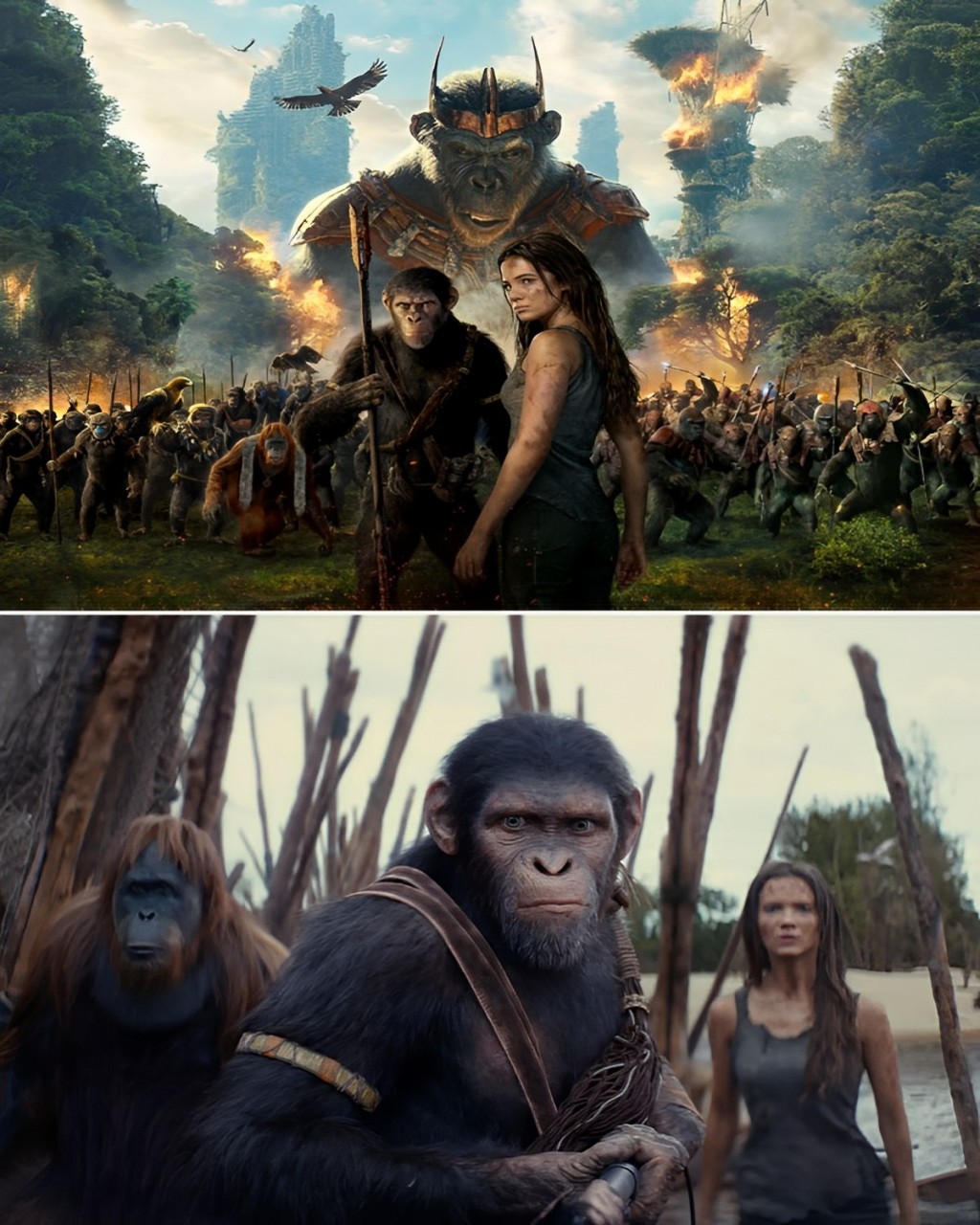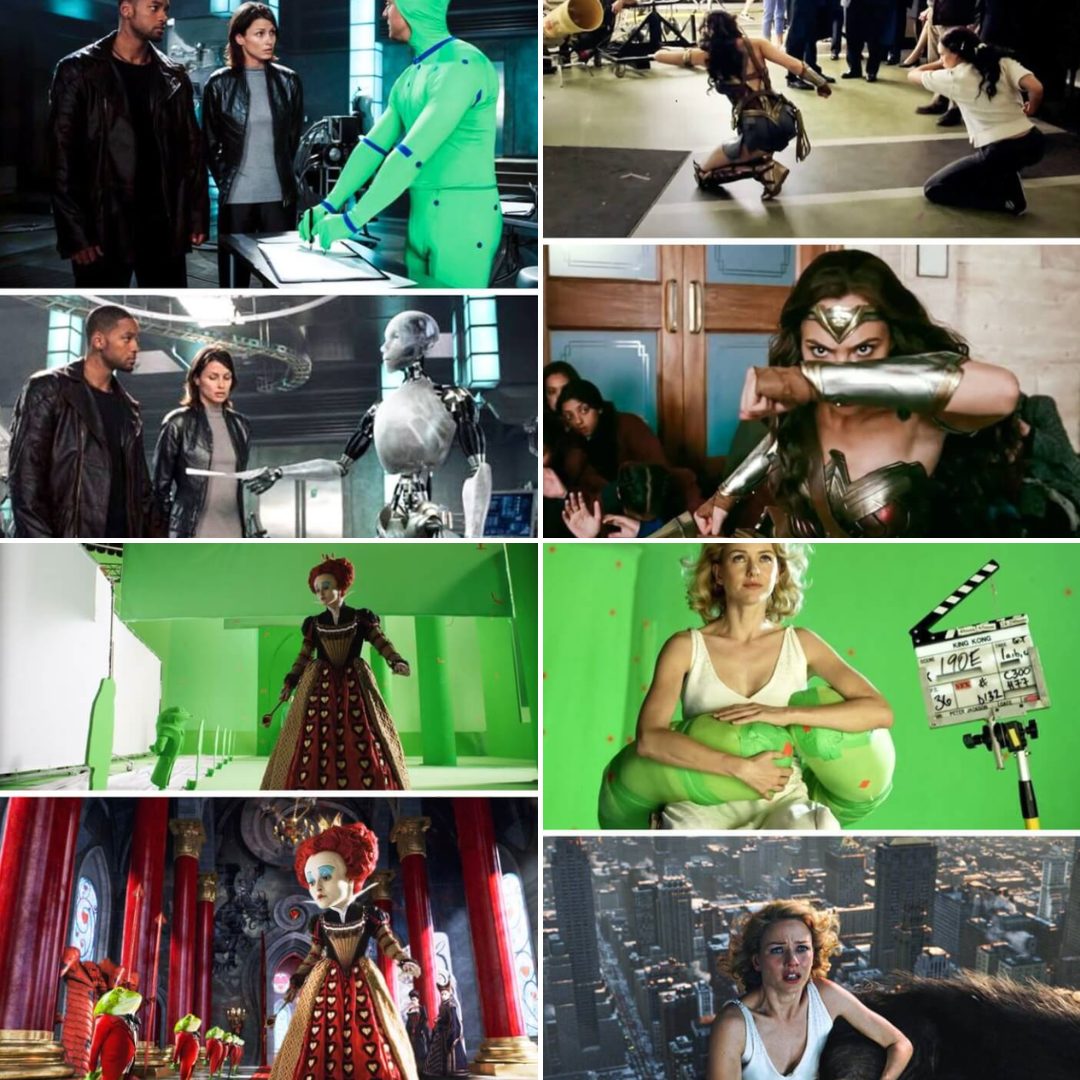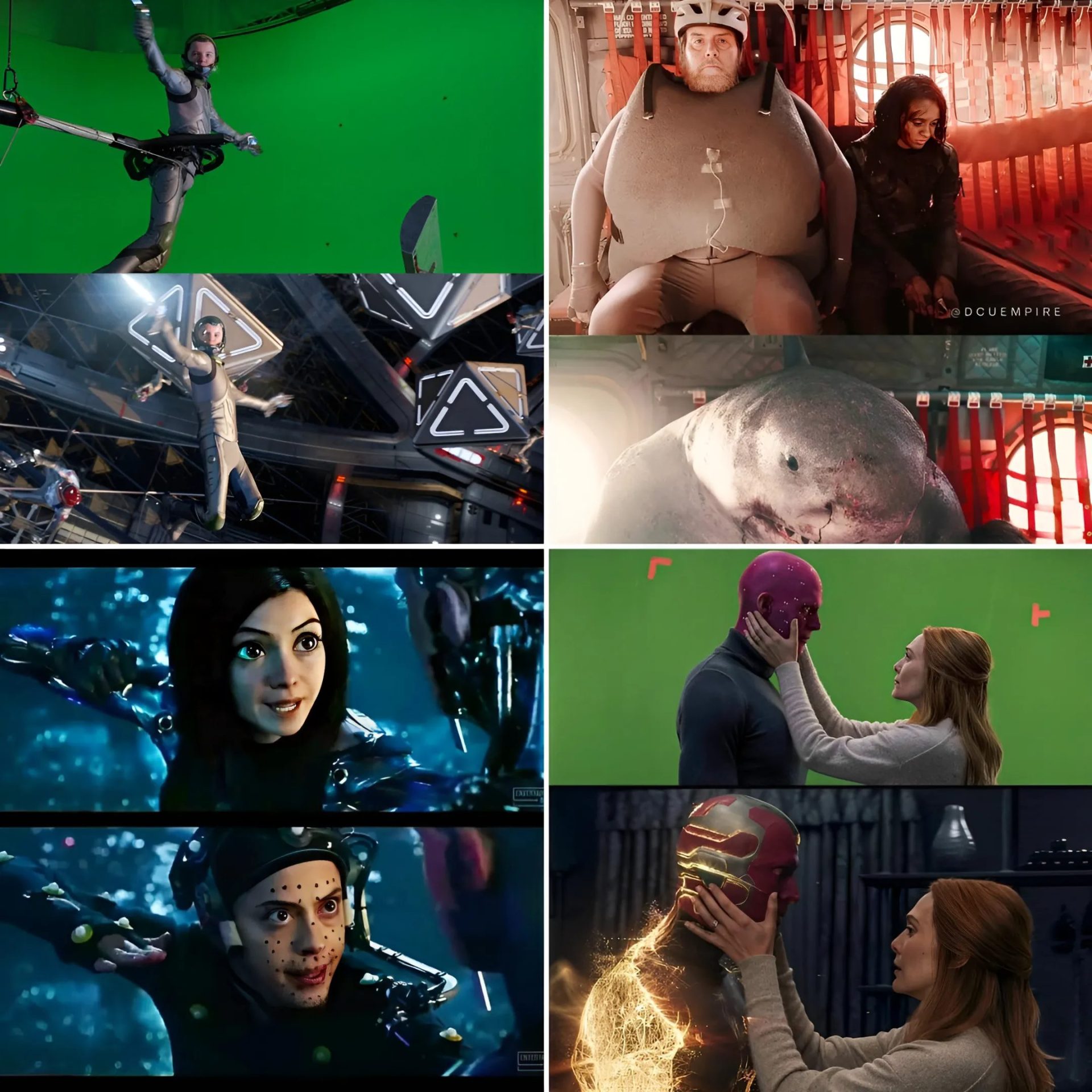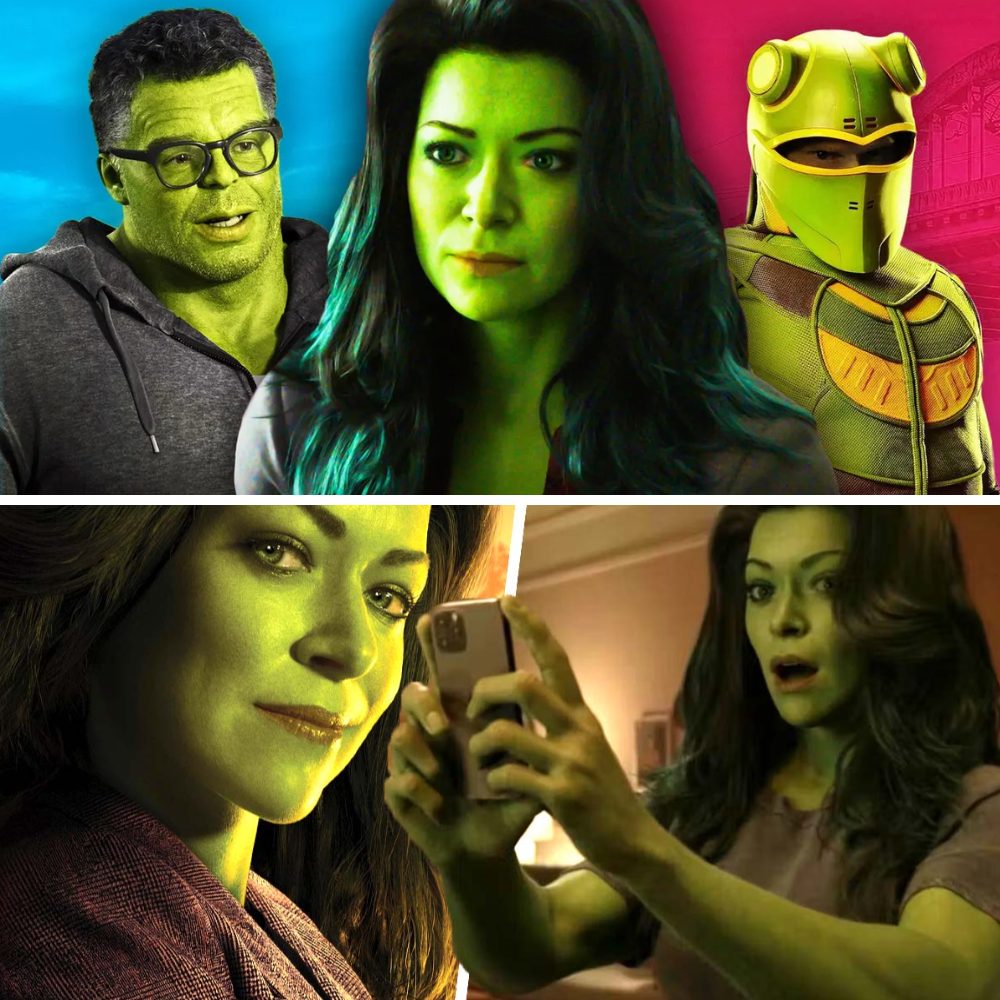The MCU and Sony’s Spider-Verse movies take different approaches to the Marvel multiverse, although both franchises overlap in certain aspects.

The MCU multiverse and Sony’s Spider-Verse are part of the same wider Marvel multiverse, but there are several differences between them. The concept of the multiverse has become an extremely popular trend across all media, especially in the superhero genre. Every franchise has its own rules, including the very source material the MCU and Sony’s Spider-Man Universe are based on. Yet, the basic idea of the Marvel multiverse is the same: an infinite number of realities exist parallel to each other, and interactions between them usually end in chaos.
Spider-Man: Into the Spider-Verse and Spider-Man Across the Spider-Verse reveal that every Spider-Person ever shown across all media exists within the same multiverse, and the MCU has confirmed that every Marvel movie and show, including the movies released outside the MCU’s mainline franchise, exist within the same collection of universes as well. According to Spider-Man: Across the Spider-Verse, even Tobey Maguire, Andrew Garfield, and Tom Holland’s Spider-Men exist parallel to the Spider-People at the Spider Society, which renders these three webslingers the merging point between the MCU’s multiverse and the Spider-Verse. Nevertheless, Marvel Studios and Sony each have their own approach towards the same concept.
10The MCU Multiverse And The Spider-Verse Are Overseen By Different Entities
The TVA Monitors The MCU’s Multiverse And The Spider-Society Protects The Spider-Verse

The multiverse’s chaotic nature calls for an authority figure. In both franchises, an organization was established at some unknown point in the past with the goal of safeguarding every timeline. In the MCU, it’s the Time Variance Authority created by He Who Remains and his variants. According to Loki‘s MCU lore, the TVA agents are regular people who were ripped from their timeline and brainwashed into joining the cause. In the Spider-Verse, Miguel O’Hara created the Spider-Society, which monitors every universe where a Spider-Person exists. Contrary to the MCU’s TVA, the Spider-Society’s members join the organization willingly, though not everyone is fully on board with its goals and methods.
9Multiversal Travel Can Be Achieved Through Different Means In The MCU’s Multiverse And The Spider-Verse
Magic And Technology Are The Key To Accessing The Marvel Multiverse


MCU characters have two options if they wish to travel across universes: magic and technology. Scarlet Witch was able to attack other realities by Dreamwalking, the obscure magical ability of possessing a variant’s body in another universe. The Avengers, on the other hand, were able to create an alternate timeline by traveling back in time with the help of a special suit, a platform, and a bracelet, which allowed them to use the MCU’s Quantum Realm as a means of transportation. The TVA uses more advanced technology to achieve the same purpose; the TVA’s TemPads simply open door-like portals into the universes the TVA agents want to visit.
In the Spider-Verse, the Spider-Society relies on a process quite similar to the Avengers’. They have a platform dubbed the “Go Home Machine”, which creates a force field around the user before transferring them to their chosen destination. Like the Avengers, the Spider-Society’s members need to wear a dimensional watch, which stabilizes them in other universes and allows them to decide when and where they want to travel after completing their missions. Without it, travelers not only get stuck in other realities but also suffer the painful side effects that multiversal travel entails in the Spider-Verse.
8Traveling The Spider-Verse Causes Glitches
Time-Slipping Is The Spider-Verse’s Equivalent Of Sony’s Glitching

In the Spider-Verse movies, multiversal travelers need to stabilize their bodies with a dimensional watch in order to avoid glitching – a phenomenon that causes them to malfunction like a corrupted digital file. In the MCU, characters who mess with the multiverse can cause devastating incursions, but they don’t suffer any particular negative side effects themselves (unless they use the Darkhold’s magic). Loki, who was kicked out of the Citadel at the End of Time after witnessing He Who Remains’ death, did suffer a similar side effect. But instead of glitching, Loki developed the ability to Time-Slip — shifting between the past and the present.
7The Spider-Verse Doesn’t Let People Permanently Change Universes
The MCU Multiverse Is More Lenient With Multiversal Travelers

Spider-Man: Across the Spider-Verse shows the massive damage that multiversal travel can do when the proper measures aren’t put in place. Miguel O’Hara doomed an entire universe when he impersonated an alternate version of himself, which caused that entire reality to collapse. The MCU’s multiversal incursions are similar events – cataclysmic clashes between two or more universes that destroys everything within them. However, multiversal travelers don’t always seem to be as harmful in the MCU. For instance, Steve Rogers, Gamora, and Sylvie have been able to stay in a universe different to their own without causing an incursion.
6Canon Events Are Less Specific Than Absolute Points
Some Events Are Unavoidable Marvel And Sony’s Multiverse


The MCU multiverse and the Spider-Verse movies share the idea of unavoidable events that happen in every universe. In the MCU, they are called “absolute points”, whereas in the Spider-Verse, they’re called “canon events“. The difference lies in that the MCU’s absolute points are rather strict. For instance, Doctor Strange seems destined to lose his relationship with Christine Palmer around the time he begins his journey as a sorcerer. The Spider-Verse’s canon events are more flexible. For instance, every Spider-Person must experience a spider bite, the death of a captain, and the death of a close loved one, but the specific circumstances of those events vary greatly from universe to universe.
5The Spider-Verse Crosses Over With Other Media
The Spider-Verse Reaches A Wider Variety Of Universes

Both the MCU Multiverse and Sony’s Spider-Verse include universes outside their respective main franchises. The MCU not only encompasses the Avengers’ main timeline, but also Fox’s Marvel movies and alternate realities like the Illuminati’s Earth-838. Similarly, the Spider-Verse includes universes such as LEGO Spider-Man, Spectacular Spider-Man, and Insomniac’s Spider-Man. However, the Spider-Verse isn’t limited to animated universes, as it also crosses over with Sony’s live-action Venom and The Amazing Spider-Man, for example. The Spider-Verse doesn’t hesitate to acknowledge live-action Marvel properties, whereas the MCU multiverse is yet to hint at the Spider-Verse.
4Multiversal Offenders Suffer A Different Fate Outside Their Universe
The Spider-Society Imprisons Enemies While The TVA Prunes Them

The TVA and the Spider-Society take serious measures to stop individuals from messing with the multiverse. The Spider-Society sends their agents to arrest the offender and take them to their headquarters, either to imprison them or warn them about the dangers of their actions. In Spider-Man: Across the Spider-Verse, for instance, Donald Glover’s Prowler is kept in a cell alongside villains from other universes. The TVA is more ruthless, as variants are either disintegrated and sent to the Void or arrested and tortured psychologically through interrogation. Pruned variants may not die immediately, but the Void welcomes them with Alioth, a cloud-like monster that devours all pruned variants on its path.
3Multiversal Travelers Don’t Change Appearance In The Spider-Verse
The Spider-Verse Has A Wider Variety Of Art Styles Than The MCU Multiverse

Donald Glover’s live-action cameo in Spider-Man: Across the Spider-Verse isn’t an isolated event. The Spider-Verse movies feature characters from all kinds of formats and art styles in their original form, including anime, black-and-white, 8-bit, 3D-animated, and old-school cartoons — and they all interact with each other at the Spider-Society’s headquarters. In the MCU, characters seem to retain their original form in the universes they visit: What If…?’s animated format only seems to look computer-generated to the audience, but not to the characters themselves. However, Doctor Strange in the Multiverse of Madness makes this detail ambiguous, as Doctor Strange and America Chavez do change appearance while they accidentally break through multiple realities.
2Universe Denominations Are Different In The MCU’s Multiverse And The Spider-Verse
Earth-616 Means Different Things In The MCU And The Spider-Verse

All universes in the Marvel multiverse are assigned a number. However, these denominations aren’t always consistent. In the MCU, the Avengers’ main timeline is usually called Earth-616. Yet, Miguel O’Hara and the Spider-Society refer to the same reality as Earth-199999 in Spider-Man: Across the Spider-Verse, and Earth-616B is reserved for Peter B. Parker’s home universe, while Earth-616 is the original reality of the prime Spider-Man in Marvel-Comics. Therefore, if the TVA were to name Peter B. Parker’s universe in the MCU, they would likely assign it a completely different number.
1The MCU Multiverse And The Spider-Verse Are Centered Around Different Characters
Some Marvel Characters Are More Important To The Multiverse Than Others


